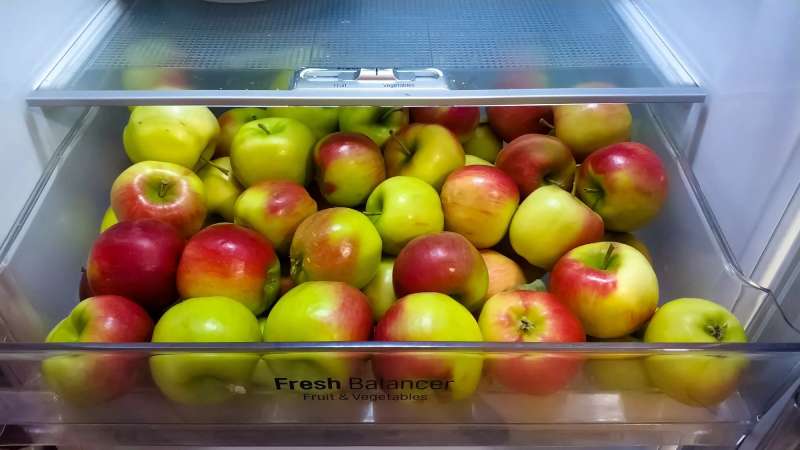To engineer produce that lasts longer and is free of bacteria, chemical engineering professor Dr. Mustafa Akbulut and professor of horticultural science Luis Cisneros-Zevallos have teamed up.
Over 50% of agricultural fruit production is lost during various stages of produce handling and post-harvest treatments, according to a recent paper by Akbulut in Current Research in Food Science.
Food-grade wax is often applied to a variety of fruits and vegetables for both aesthetic and functional purposes, such as preventing water loss. In order to improve the antibacterial qualities of protein carriers, Akbulut’s research combines such wax with cinnamon-bark essential oil that has been nano-encapsulated.
“Technology has come a long way in our day and age,” Akbulut stated. But despite these advancements, the food industry has not kept up, and food safety issues persist. At the national level, stories about foodborne illnesses and outbreaks that involve hundreds of people getting sick from contaminated food are common.
The wax coating technology used by Akbulut improves fresh produce safety and offers stronger defense against bacteria and fungi. The article claims that this composite coating has antibacterial properties that are both immediate and delayed.
Currently working on a tool that could potentially assist the industry in addressing the problems posed by spoilage organisms and human pathogens.
Due to the lack of high temperatures that can inactivate foodborne pathogens, fruits and vegetables that are consumed raw or with minimal processing pose a particular.
According to Cisneros-Zevallos, the creation of this coating has improved knowledge of the interactions between the wax and undesirable microbes.
“I believe that these wax coatings will have a significant impact on the industry, as it is constantly searching for innovative technologies,” Cisneros-Zevallos stated. “This is one of those tools we are developing that could really help the industry combat these spoilage organisms and human pathogens.”
Bacteria have a more difficult time adhering to and surviving on fruits and vegetables when essential oils are nanoencapsulated. According to the article, the delayed release of the essential oil lengthens the half-life of the produce and active ingredients when compared to their unencapsulated counterparts.
According to Akbulut, “essential oil exposure can break down the bacterial wall.” “We can basically inactivate the bacteria and fungi to extend the shelf life with the help of this technology.”
In order to increase the shelf life, this technology will essentially assist us in rendering the bacteria and fungi inactive.
Yashwanth Arcot, a doctoral student, conducted experiments to bolster the findings.
In addition, Arcot stated, “this coating was inhibiting the fungal attachment.” “We have evaluated this system against Aspergillus, a fungus that causes food to deteriorate and human lung infections to begin.” The growth of it on the hybrid coatings was successfully stopped by.
Using nano-encapsulated essential oil in food waxes, Arcot claimed this is the first hybrid technology development for eradicating bacteria and fungus.
FDA-approved antibacterial agents make up the chemicals used to create this hybrid wax.
Food processing industries can use these hybrid wax coatings because they are easily scalable, according to Arcot.
Reference: Edible nano-encapsulated cinnamon essential oil hybrid wax coatings for improving apple safety against food-borne pathogens, Arcot Y, Mu M, Lin YT, et al. Food Sci Current Res. 2024;8:100667.





